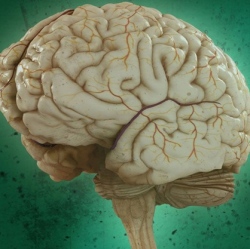
The team can now directly convert adult human blood cells to both central nervous system (brain and spinal cord) neurons as well as neurons in the peripheral nervous system that are responsible for pain, temperature and itch perception. From a simple blood sample, they can produce about one million sensory neurons.
Currently, little is known about the complex issue of pain and how to treat it. That is partially due to the fact that the peripheral nervous system is made up of different types of nerves, some are mechanical (feel pressure) and others detect temperature (heat). In extreme conditions, pain or numbness is perceived by the brain using signals sent by these peripheral nerves.
"The problem is that unlike blood, a skin sample or even a tissue biopsy, you can’t take a piece of a patient’s neural system. It runs like complex wiring throughout the body and portions cannot be sampled for study," researcher Mick Bhatia, director of the McMaster Stem Cell and Cancer Research Institute, said in a press release.
"Now we can take easy to obtain blood samples, and make the main cell types of neurological systems – the central nervous system and the peripheral nervous system – in a dish that is specialized for each patient," he explained. "Nobody has ever done this with adult blood. Ever."
Bhatia and colleagues successfully tested their breakthrough process using fresh human blood, but also cryopreserved (frozen) blood. Since blood samples are taken and frozen with many clinical trials, this allowed them to more or less go back in time and explore questions about pain or neuropathy in prior patients, whose outcomes have already been documented.
The revolutionary, patented direct conversion technology has "broad and immediate applications," according to the study authors. It paves the way for the discovery of new pain drugs that don’t just numb the perception of pain, but actually treat it.
